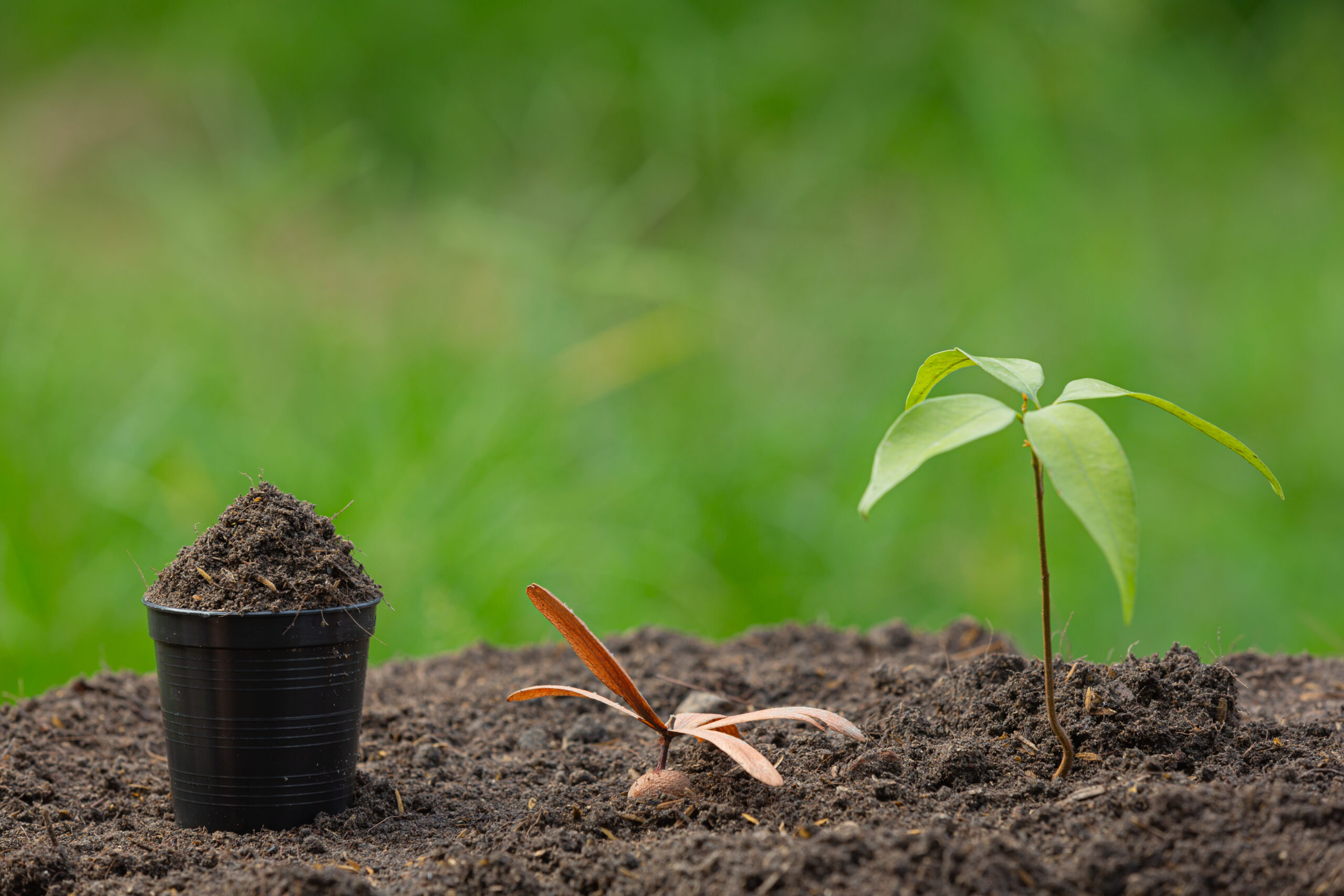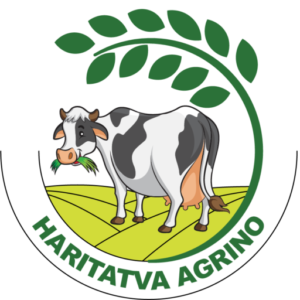Currently Empty: ₹0.00

India, with its vast agricultural landscape and growing focus on sustainable practices, is witnessing a significant surge in the production and utilization of vermicompost. Vermicompost, a nutrient-rich organic fertilizer produced through the action of earthworms, offers numerous benefits for soil health, crop productivity, and environmental sustainability. In this blog, we will explore the projection and potential of vermicompost in India.
- Increasing Demand for Organic Farming: The demand for organic produce in India is on the rise as consumers become more health-conscious and environmentally aware. Organic farming relies on natural fertilizers, such as vermicompost, to enhance soil fertility and ensure sustainable agricultural practices. As a result, the projection for vermicompost production is expected to grow in tandem with the expanding organic farming sector.
- Government Support and Initiatives: The Indian government has recognized the importance of organic farming and has implemented various initiatives to promote its adoption. Schemes such as the National Project on Organic Farming (NPOF), Paramparagat Krishi Vikas Yojana (PKVY), and the Pradhan Mantri Krishi Sinchai Yojana (PMKSY) provide financial incentives, training, and infrastructure development support to farmers engaging in organic farming, including the production of vermicompost. This government support further fuels the projection of vermicompost in India.
- Soil Health and Crop Productivity: Vermicompost enhances soil health by improving soil structure, water-holding capacity, and nutrient availability. It enriches the soil with essential nutrients, organic matter, and beneficial microorganisms, fostering a favorable environment for plant growth. As farmers witness the positive impact of vermicompost on crop productivity, the demand for this organic fertilizer is projected to increase across various crops, including fruits, vegetables, cereals, and cash crops.
- Waste Management and Circular Economy: India generates a substantial amount of organic waste from various sources, including agriculture, food processing, and urban areas. Vermicomposting presents a viable solution for managing this organic waste by converting it into valuable vermicompost. The projection of vermicompost production is closely linked to waste management practices, as the utilization of organic waste reduces landfill burden, mitigates environmental pollution, and contributes to the circular economy by transforming waste into a valuable resource.
- Cost-effectiveness and Input Reduction: Vermicompost offers a cost-effective alternative to chemical fertilizers and reduces the dependency on expensive synthetic inputs. By producing vermicompost on-site or locally, farmers can save on transportation costs and minimize the financial burden of purchasing chemical fertilizers. The projection of vermicompost usage aligns with the objective of reducing input costs while maintaining sustainable agricultural practices.
- Climate Change Mitigation: The production and utilization of vermicompost contribute to climate change mitigation efforts. Vermicomposting sequesters carbon dioxide from organic waste, preventing it from being released into the atmosphere. Additionally, vermicompost improves soil’s water-holding capacity, reducing water runoff and enhancing drought resistance, which is crucial in the face of changing climatic conditions. The projection of vermicompost aligns with India’s commitment to sustainable development and climate change mitigation.
- Entrepreneurial Opportunities: The growing demand for vermicompost creates entrepreneurial opportunities for farmers, agricultural entrepreneurs, and self-help groups. Setting up vermicomposting units can be a profitable business venture, providing income generation and employment opportunities. The projection of vermicompost production in India opens doors for innovative business models, value-added products, and market diversification.

